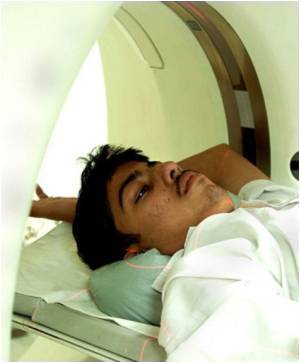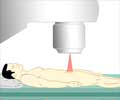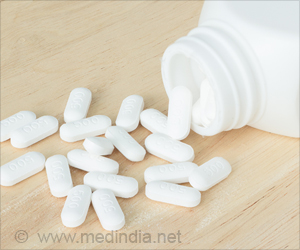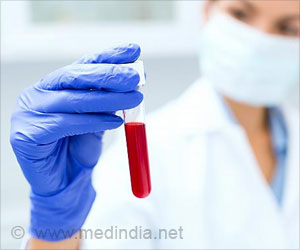A combination of radiation therapy and hormone treatment can cut by 43 percent the risk of death in men suffering from locally advanced or high-risk prostate cancer, a study unveiled

"This study will challenge the prevailing dogma of using hormone therapy for locally advanced prostate cancer," said Padraig Warde, deputy head of the radiation medicine program at the University of Toronto's Princess Margaret Hospital.
"We found that men who received the combination lived longer and were less likely to die of their prostate cancer than those who had only hormone therapy," added Warde, the study's lead investigator.
Around 20 percent of men affected by prostate cancer suffer from the types targeted by the trial.
"These results suggest that adding radiation therapy to the treatment plan for these patients could become part of standard therapy and should be considered," Warde said.
Some doctors and researchers have advocated the use of radiation alongside ADT, but it had been unclear whether ADT produces equally beneficial effects used alone, and there were also concerns about whether the side effects associated with radiation could be avoided.
Advertisement
The study treated 602 patients with hormones alone, and gave a second group of 603 men both radiation and ADT.
Advertisement
In the ADT group, 26 percent died from their cancer, compared to a mortality rate of just 10 percent in the group that had both treatments.
And those who had both ADT and radiation lived an average of six months longer than patients who had hormone therapy alone, the study found.
The researchers said they expected the trend would continue, and forecast fewer than 15 percent of those who received the combined therapies would die from their prostate cancer over 10 years, compared to 23 percent in the ADT group.
The median follow-up time in the trial was six years, and a total of 320 patients died during the study, 175 from the ADT group and 145 from the combined group.
Source-AFP







![Prostate Specific Antigen [PSA] Prostate Specific Antigen [PSA]](https://www.medindia.net/images/common/patientinfo/120_100/prostate-specific-antigen.jpg)






